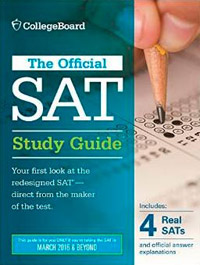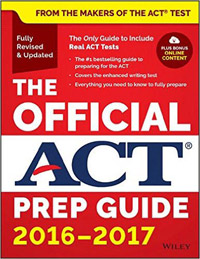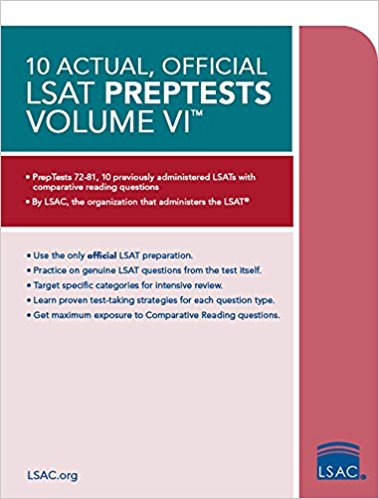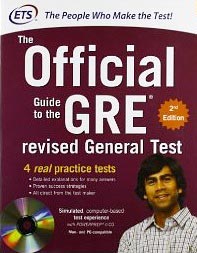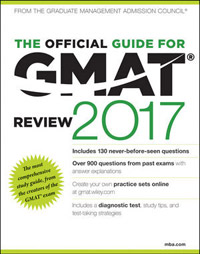|

If you're taking the GMAT online, then the next few paragraphs do not apply. Official GMAT online Test-Day Tips from GMAC
So, you’re taking the test-center GMAT soon. You’ve studied, practiced, and repeated — and taken plenty of diagnostic tests. Now it’s time for some last-minute reminders and tips.
You should know where your test center is by now, as well as your test date and the time of day you are taking the test. If you get a chance, then I would suggest that you drive by the test center in person, just to eliminate any unknowns or traffic variables. Other than the GMAT online, the GMAT is exclusively offered at Pearson Vue test centers, which are all very similar, and all have very high security, with palm scanners and other strict rules to make sure that you do not cheat or share questions. Wear layers in case you get warm or cold, as you won't have any control over the temperature in the room. For more information about test-day rules, visit the GMAC website.
In most cases, the GMAT is offered on weekdays and weekends as early as 8 am and as late as 2-5 pm.
Test starting times are somewhat flexible, so you don’t have too worry if you’re running a bit late. Basically, once you’re ready and have provided the required information, you may begin the test. Alternatively, you can arrive early for your GMAT and start taking it before the scheduled start time. Pearson VUE recommends that you arrive 30 minutes early, but if you’re ready to go after 5 minutes or so, then they will often let you begin early, since other test-takers will be there at the office taking the GMAT (and other Pearson tests) all day long. I would recommend that you locate and use the bathroom before the test begins, so that you don’t waste any precious test time on restroom runs. (You will be given an 8-minute bathroom/stretching/eating break after the Integrated Reasoning (IR) section, and after the Quant section/before the Verbal section).
Don’t forget to bring an acceptable photo ID, since you will need it at the test center: no ID, no test. When you arrive, the receptionist will give you a locker key and ask you to empty your pockets into the locker. You will keep your ID in your pocket, however, as you will need it to check in and out of the test.
I would still recommend bringing a water bottle, but of course you’ll have to drink it before you put your stuff in your locker. Or, during your break you can come out, open your locker, and drink your water and/or eat whatever snack food you have brought. I recommend something high-calorie and easy to eat such as a Clif Bar. If you forget your water, don’t worry: there is usually a water cooler there that you may use.
Since Pearson forbids using your cell phone during the test, I would recommend that you simply leave your phone in your car, to eliminate the chance of your using it accidentally and thus having your score cancelled. That would be tragic, and a big waste of time and money.
On the test-center GMAT, you will be given the option to select 5 MBA programs to which to send your scores prior to the exam, for free. I do not recommend taking this option, however, as you will not know your scores yet, and it makes more sense to wait until you have your GMAT scores in hand, as long as you can afford to pay to send the scores later.
On the GMAT online, the score send screen appears after the exam is over.
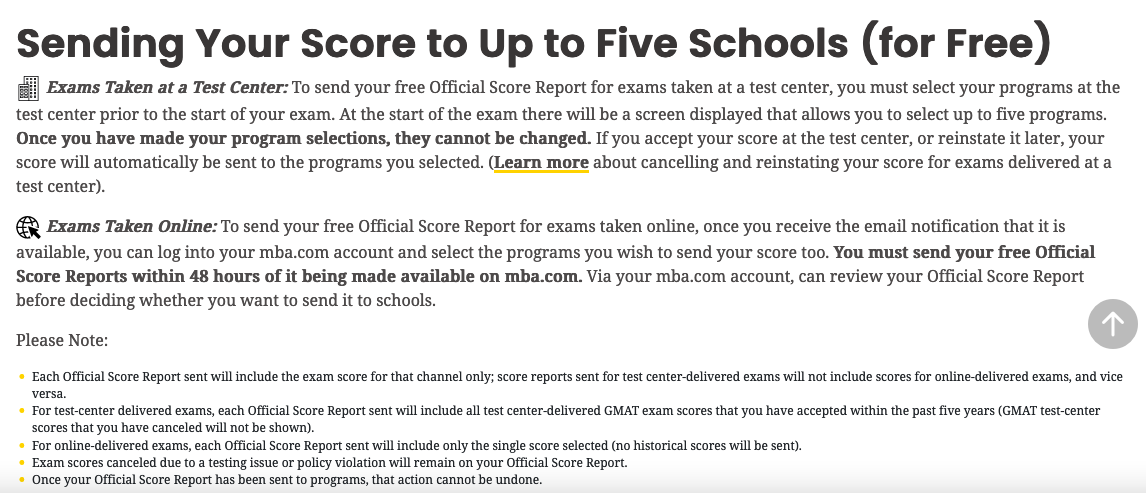
Source: MBA.com
Some tips for the actual GMAT (both test-center and online):
-Structure: 1) Analysis of an Argument Essay (30 minutes/1 question), 2) Integrated Reasoning (30 minutes/12 questions), 3) Quantitative (31 questions/62 minutes), 4) Verbal (36 questions/65 minutes). Please note that you can now select your section order, in addition to the "classic" order (the other options are Q/V/IR/AWA and V/Q/IR/AWA.) I recommend taking Verbal first for most students.
-Scoring: 1) Essay 0-6 in half point increments, 2) Integrated Reasoning 1-8, 3) Quantitative 0-51, 4) Verbal 0-51, 5) Composite (total score) 200-800.Check out this page from the MBA website for more information on scores and their respective percentiles.
Question types by Section:
-Integrated Reasoning (Multi-Source Reasoning, Graphics Interpretation, Two-Part Analysis, Table Analysis)
-Verbal (Reading Comprehension, Critical Reasoning, Sentence Corrections)
-Quantitative (Data Sufficiency, Problem Solving)
-Pacing: on average, you have approximately 1.8 minutes per Verbal question, exactly 2 minutes per Quantitative question, and 2.5 minutes per Integrated Reasoning question.
-The “analyze an argument” essay is your opportunity to be the CEO of your own corporation. In other words, you are the boss, and you are given a chance to evaluate the argument/presentation made by your employee. Instead of attacking the argument outright, make it clear that there is not yet enough information to make a clear decision (after all, this is your thesis every single time!). You might believe him, and you might not. But either way you will have to defend your positions and explain what extra information is needed, and how your decisions would depend on the results of that information.
Also, make sure to read the sample perfect-score essay on page 795 of the 2016 Official Guide to the GMAT.
-Remember that the GMAT is a question-level adaptive test, which means that it constantly adjusts its level of difficulty depending on your performance. This means 1) that you can't go back once you've answered a question, and 2) that the questions on the first third of a test are of much higher importance than the questions on the final third. I call this method "triple check, double check, single check": triple check the first 1/3 of your answers, double check the middle third, and single check the final third.
-You will have the option to take two 8-minute breaks, one after the first section and one after the third section. Take them! It’s nice to get outside (if not literally outside, then outside of the testing office), stretch your legs, drink some water and/or go to the bathroom. But don't take longer than the allotted 8 minutes, or the test will re-start without you, and you will lose valuable testing time.
INTEGRATED REASONING TIPS (quick and dirty version)
First things first: Most B-schools profess not to care too much about your IR scores, since IR is a (relatively) new addition to the GMAT. Also, the Integrated Reasoning is the one multiple-choice section of the GMAT that is NOT adaptive.
Basically, Integrated Reasoning tests your ability to carefully read and extrapolate data from graphs and charts. It’s probably the easiest part of the test, in my opinion. Don’t forget to read the fine print, and make liberal use of the different "folders" provided in each question. In general, IR questions are not hard but they can be trickily worded.
VERBAL TIPS (quick and dirty version)
-On the Reading Comprehension, don’t be fooled by language and vocabulary in the answers that is similar to the text. Look for similar ideas and concepts instead.
-Don’t. Make. Assumptions. Let the precise text of the passages, and the answer choices, determine your answer. Instead of focusing on which answers “sound right,” try to stay as neutral as you can and focus more on eliminating incorrect answers, since the vast majority of answers are wrong.
-For Sentence Corrections, focus on key grammatical elements like subject/verb agreement, then narrow down the choices to 2. Then (and only then) should you analyze the finer points of the sentence, such as idioms, word order, and modifiers.
-Memorize the 5 categories of assumptions using the CCRIQ (Cause and Effect, Correlation and Causation, Representativeness, Implementation and Quantitative Evidence). You can also use this for your essay!
-For Critical Reasoning, always force yourself to identify the Conclusion and the Premise (Evidence). Also consider the main question types:
-Strengthen
-Weaken
-Assumption
-Flaw
-Logical Completion-Inference/Must be True/Most Supported
-Main Idea/Conclusion
-Fill in the Blank
-Role
Remember the wrong answer categories as well: out of scope, pre-evidence, post-conclusion, splitting hairs.
-Pre-Evidence trap answers are answers that don’t directly affect the evidence.
-Out of Scope trap answers are answers that aren’t directly relevant to the evidence, inference, and/or the conclusion.
-Post-Conclusion trap answers are answers that don’t directly affect the conclusion, or in some cases even acknowledge the conclusion.
-Splitting Hairs trap answers tell us something that we already know in a basic sense, in a more detailed way, one that doesn’t affect the main conclusion in any significant manner.
MATH TIPS (quick and dirty version)
-Don’t forget that Pearson Vue requires that you use a laminated yellow worksheet and non-permanent marker for all of your scratch work (or an approved whiteboard for the GMAT online). You may want to consider buying your own version to practice with, since it does take a little while to get used to and is significantly more cumbersome than pencil and paper.
By the time you take the test, you should be very comfortable with the following math concepts:
-algebra/arithmetic: fractions, percents, converting from percents to fractions to degrees and vice versa, exponents, roots, positive and negative, odd and even, negative exponents, fractional exponents, patterns and dividing with remainder, slopes and linear equations, radicals, simultaneous equations, quadratic equations, inequalities, absolute values, ratios, factors, multiples, divisibility, quadratics, simultaneous equations
-statistics: range, mean (average), median, mode, and standard deviation (understanding the concept is much more important than the actual equation)
-geometry: lines, triangles, circles, rectangles, cubes, rectangular solids, area, circumference, arcs.
-word problems: combinatorics (permutations and combinations), functions, sequences, groups and sets, probability, revenue, profit, interest, rate & work
Data Sufficiency Tips (Math)
DS questions can be very tricky at first, until you get the hang of them.
Here’s how I look at them:
A = #1 only is sufficient to answer the question
B = #2 only is sufficient to answer the question
C = neither #1 nor #2 works by itself, but in combination, they are sufficient to answer the question
D = Either #1 or #2 individually is sufficient to answer the question (they both work by themselves, NOT in combination)
E = Neither #1 nor #2 is sufficient to answer the question
Sometimes I like to think of this as “A, B, BEN.”
A = A (#1) only
B = B (#2) only
C = B oth
D = E other
E = N either
Remember to write down your letter answers in two groups: “A/D” and “B/C/E”
Shorthand: “works” = is sufficient
If #1 works, then the answer must be A or D. If #1 doesn’t work, then the answer must be B, C, or E.
If #2 works, and #1 also worked, then the answer is D.
If #2 works, but #1 did not work, then the answer is B.
If #2 does not work, but #1 did work, then the answer is A.
If #2 does not work, and #1 didn’t work either, then the answer is either C or E.
If #s 1 and 2 work when combined, but NOT individually, then the answer is C.
If #s 1 and 2 do not work when combined, nor individually, then the answer is E.
Whew.
Leveraging the GMAT Algorithm to your Advantage
1) Questions in the first 1/3 of the test are worth the most by far, especially on Quant, so don't rush at the beginning. Take your time at first, and slowly speed up as you go. Check out this page for more info: http://gmatclub.com/forum/gmat-prep-software-analysis-and-what-if-scenarios-146146.html
The 15/25 Pacing Method
My GMAT Verbal Journey
My GMAT Quant Journey
Time-Saving Keyboard Shortcuts for the GMAT (please note that these shortcuts do not work for the GMAT online)
2) 15.6% of the questions on the GMAT are experimental, so don't let any one question drag you down--there is a roughly 1 in 6 chance that the question you are trying will not count toward your score! But try not to get too many questions wrong in a row--the GMAT hates that. If you have to take a couple of guesses in a row, then make sure to hunker down on the next question to try to minimize the damage.
3) Don't forget to save enough time to finish the test, even if they are just wild guesses...there is a SIGNIFICANT score penalty for not finishing.
After the Test is Over
You will receive your Math and Verbal scores right away (0-51), as well as your IR (1-8) and composite scores (200-800).
Once you have seen your score, you will have the option to either keep ("report") or cancel it. Any GMAT scores that are not cancelled within 72 hours will remain on your test-center score report for 5 years.
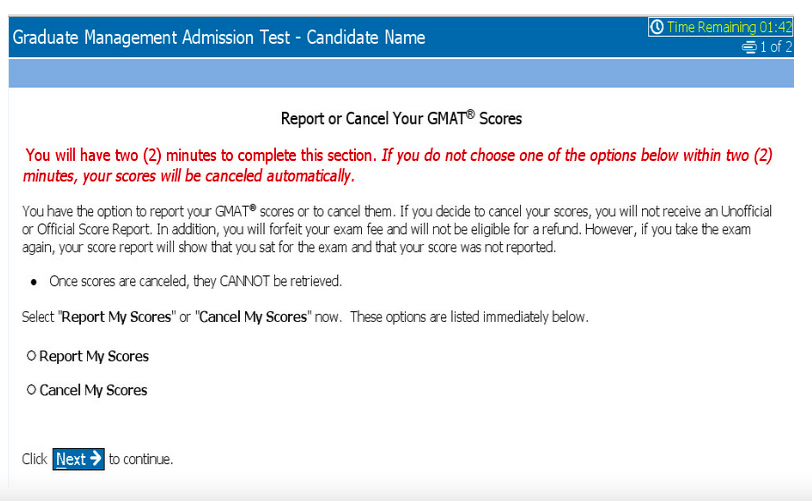
Don't panic when it's time to view your score; you may have done better than you thought. If not, don’t fret: most students score higher the second time they take the GMAT, and you can cancel your score if it's not good enough the first time around.
If you do choose to cancel your score, then you do not have to worry about the dreaded "C" showing up on your official score report: GMAC has discontinued this policy. Keep in mind that you are now allowed to retake the GMAT after a 16-day time period (and up to 5 times per year / 8 times lifetime). You can also choose to take the test-center GMAT and the GMAT online within less than 16 days of each other.
If you have more time to prepare, then you may also want to read my GMAT Action Plan and GMAT Informational Document.
Good luck!
-Brian
-----
copyright 2002-2022 Brian R. McElroy
Founder and President, McElroy Tutoring Inc.
email: mcelroy@post.harvard.edu
Toll-Free: 1-866-584-TUTOR (8886), x 4
Direct (Call or Text): 619-889-2935
www.McElroyTutoring.com
Back to Blog Home
|





